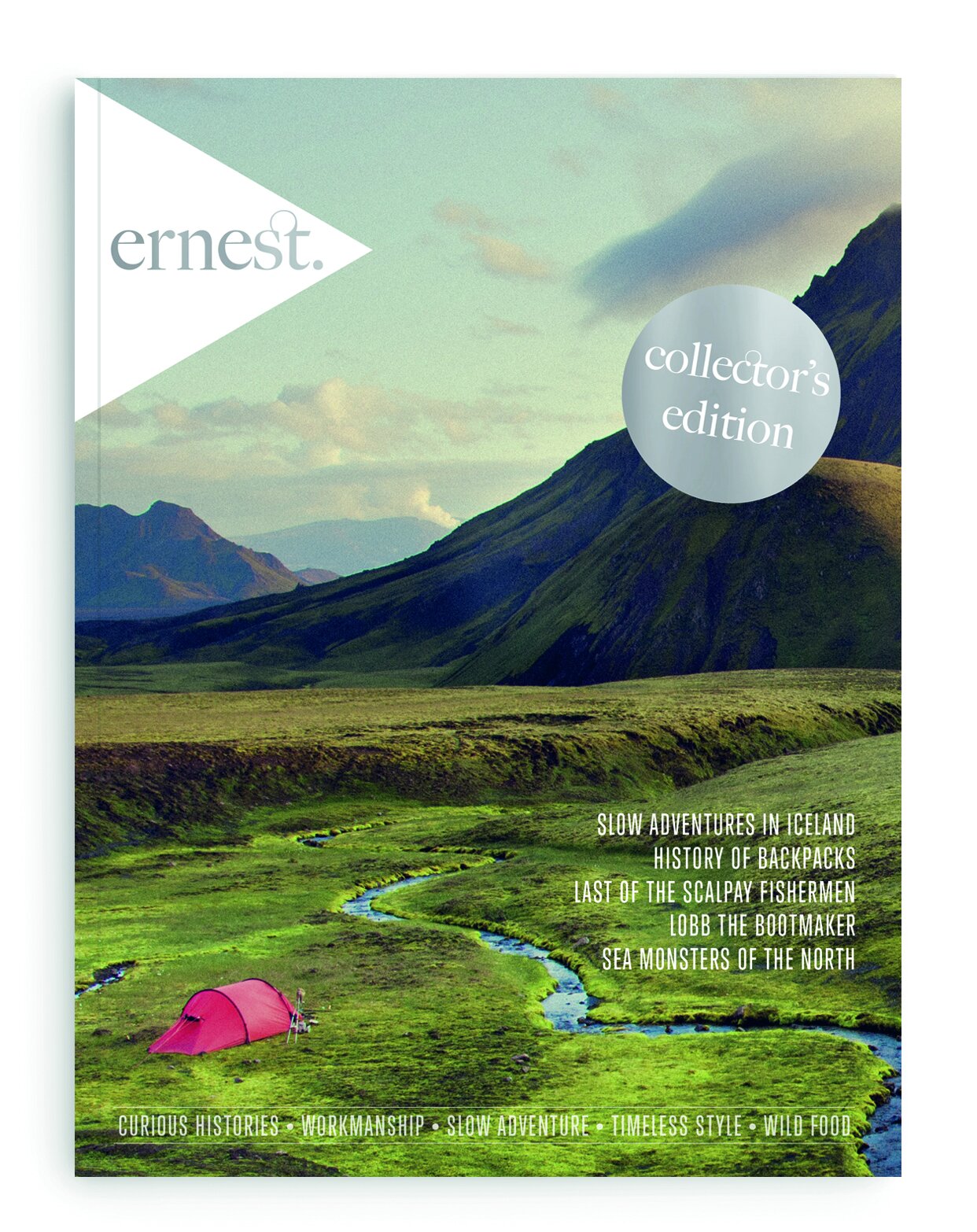London’s Natural History Museum is considered one of the world’s greatest repositories of objects pertaining to the natural world – but it’s not the capital’s only such collection. Although tiny by comparison, the Grant Museum of Zoology and Comparative Anatomy at University College London offers its own unique take on natural curiosities
© UCL Grant Museum of Zoology/Matt Clayton
The Grant Museum was established in 1828 by Scotsman Robert Edmond Grant (1793–1874), one of the foremost biologists of his time. A year earlier he had been made the first Professor of Comparative Anatomy at the newly-founded London University – now University College London (UCL) – where he quickly identified the need for a teaching collection of zoological specimens. This formed the basis for what would become the museum and on his death Grant bequeathed his own personal collection of specimens to it. Since then, further donations have been made by other universities, hospitals and even London Zoo.
In 2011, the museum was moved from the Darwin Building on the UCL campus (Grant influenced the young Charles Darwin, who once occupied a house on the site) to new premises in the Rockefeller Building at 21 University Street in Bloomsbury (WC1E 6DE). The entrance to the museum today is suitably adorned with the skeletons of a walrus, a baboon and a giant iguanodon beyond which can be found over 60,000 zoological specimens, many preserved in glass vials and jars. As such the museum is probably not for the squeamish.
To the untrained eye, the exhibits might at first appear disorganised but on closer inspection you will notice they are carefully categorised into evolutionary groups. The entire animal kingdom is represented here from jars of humble earthworms and pickled toads to monkey skeletons and huge elephant skulls. The curled up skeleton of a 250-kilo anaconda is particularly memorable!
© UCL Grant Museum of Zoology/Matt Clayton
Among the exhibits are some real oddities. Take for example the enormous skull of a Giant Deer (Megaloceros giganteus), which was discovered unexpectedly in an Irish hotel. Once a denizen of Europe and Asia, the Giant Deer’s last refuge 10,000 years ago was Ireland, giving rise to the misleading name of Irish Elk. Then there is a skeleton of the extinct Quagga, a partially-striped sub-species of Plains Zebra hunted to extinction during the 1870s. It had long been in the museum but was only identified in 1981. The box of Dodo bones, an extinct flightless bird so famous it has entered modern English parlance (hence “dead as a Dodo”), was stored away for a century before being rediscovered in 2011. And don’t overlook the fossilised remains of Rhamphorhynchus. This Jurassic-era pterosaur was assumed to be a plaster cast until it turned out to be the real thing. Definitely a cast but no less interesting for that is an example of Archaeopteryx, believed by some to represent the missing link between saurian reptiles and birds.
Sometimes perceived as an essentially Victorian collection, the Grant Museum of Zoology is frequented today not only by university students but also schoolchildren, artists and other curious visitors. Accordingly the museum’s innovative temporary displays are designed to be of interest to a non-professional audience. As a nod to modernity visitors are encouraged to share their opinions of the museum on iPads positioned alongside the exhibits.
Grant Museum of Zoology and Comparative Anatomy (WC1E 6DE), University College London, Rockefeller Building, 21 University Street, Mon–Sat 1–5pm
Getting there: Circle, Hammersmith & City, Metropolitan lines to Euston Square; Northern line to Goodge Street; Northern, Victoria lines to Warren Street













